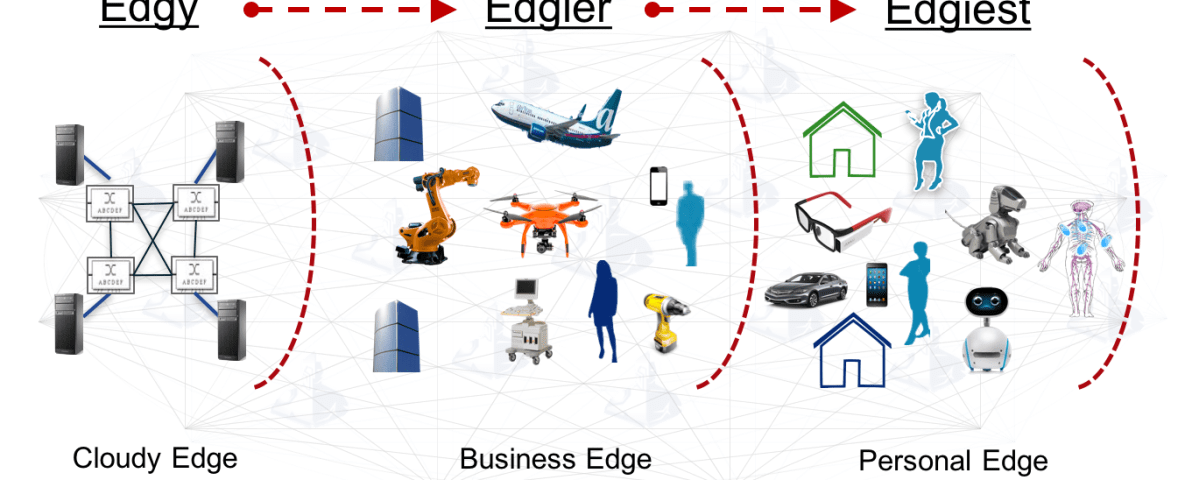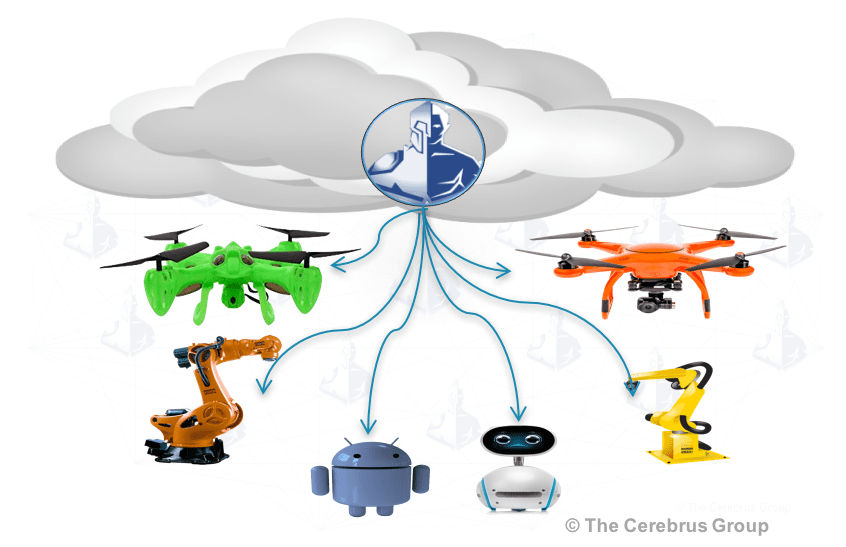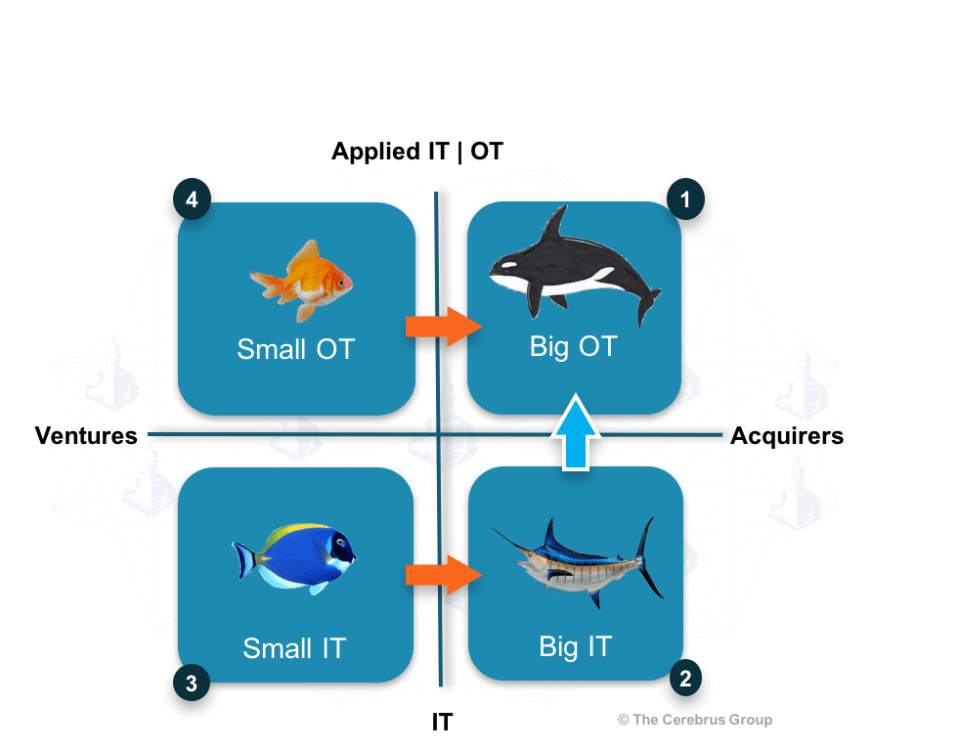Proximity Computing: Edgy, Edgier, Edgiest

Product Management in the Digital Age: Lessons from Pyramids and Canals
June 13, 2017
IoT Killer App is NOT the Clichéd Predictive Maintenance
June 19, 2017In the early 2000s, a few in our team decided to add an application environment to enterprise branch and mobile routers. “We’ll add a separate computer board to a router and run a virtual machine in it”, we thought; “we’ll enable applications like printing, point-of-sale, file-sharing etc. on it”, we said; “we’ll have a vibrant ISV community that leveraged mobile and distributed computing”, we dreamed. We did some of that even before we could get our hands on multicore chips of today. The systems were big and expensive in those days as you can imagine.
Discussions about edge computing in the recent years reminds me of how far we have come in distributing computing and how many types of “edge” computing there are. There are many edges to consider, which I think of colloquially as: the Cloudy Edge, the Business Edge, and the Personal Edge. A more apt term for all this perhaps is proximity computing.
The Economics of Proximity Computing
First, a quick look at the economics of proximity computing, as we think of the different edges. Events in our world need a timely response either for good user experience (“changing TV channels”) or to avoid catastrophes (“gas line leak”).
We need to choreograph complex systems to Sense, Process, and Act (SPA)as events occur. The cost of SPA’ing is a function of local vs. remote processing costs, network connectivity costs and remote systems management costs.

Size and power aside, proximity computing balances the timeliness of responding to an event with the cost of that response.
The three edges — cloud, business, and personal edges — deploy SPA to a varying set of problems in different environments, for the purpose of optimal, automated response.
The Cloudy Edge
This is the least talked about Edge. Even before our team tried to put computing on a branch router, there was a network edge — a topological term in the service provider or enterprise network where traffic first entered from dial-up modems (yes!) in homes, or from remote branch offices. This was simply an SP network edge or an enterprise network edge without any computing capacity at the edge. They were called PoPs (points-of-presence).

The demand for application performance and content delivery required the network edge to add applications and data. Modern day Edge Data Centersfulfill that need. Content Delivery Networks (CDN) leverage them so that we get better page and video loads. This edge is now enhanced with Mobile Edge Computing, as mobile app performance needed to get better. We do it by colocating Radio Access Network (RAN) PoPs and applications.
So the old PoP got edgy with content and computing; SP edge, mobile edge, and enterprise edge came together to be the Cloud’s Edge.
The Business Edge
This is the most talked about Edge. Connected machines and people galore here. It is in our carpeted offices, in uncarpeted spaces, out in the open where we work and play. Many IoT discussions seem to presume that this is the only edge. Every IoT discussion extols the virtues of this Edge. So I’ll be brief. Mission-critical SPA goes on in this realm especially as Industrial IoT gathers momentum.

The Personal Edge

This Edge surrounds our person and is sometimes inside us. It is at home. It moves with us. Collectively this edge is mobile. The personal edge moves in and out of the business edge as we move. It comprises of home robots, glasses, smart pills, watches, home automation systems and so on. We will hear more about this edge in the next 5 years as intelligent home devices and personal devices proliferate.
Near, Far, Wherever You Are
21st century stream data processing enabled by pervasive computing and pervasive connectivity is constantly with us. We are being constantly SPA’d upon (sensed, processed, and acted upon). We will see more talk and action from players in these three edges as they innovate and adapt for new applications. As they do, remember to not let all this talk of edge computing get under your skin. It already is! Just chalk it up to proximity computing if that helps takes the edge off.




